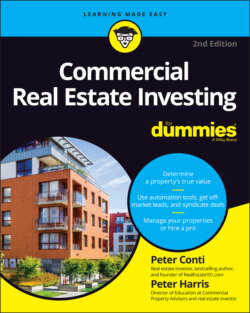Читать книгу Commercial Real Estate Investing For Dummies - Peter Harris - Страница 54
Breakeven analysis
ОглавлениеWhen analyzing property, we always want to know what our breakeven point is. The breakeven point is the point at which occupancy income is equal to our mortgage payments. In other words, if we know that our breakeven point is 70 percent occupancy, we know we’re able to at least pay our expenses plus mortgage without going into a negative cash-flow position. For a property that’s highly leveraged or has a large mortgage payment, its breakeven point is higher than usual — meaning, you have more risk if you’re negative in cash flow.
To calculate your breakeven point, add up all your property’s operating expenses and annual mortgage payments and divide by the gross potential income. Gross potential income is what the income of the property would be if it were 100 percent occupied with paying tenants.
Here’s the equation you’ll need to calculate the breakeven point:
Breakeven point (%) = operating expenses + annual mortgage payments ÷ gross potential income
For example, say that your operating expenses are $75,000, your annual mortgage payments are $35,000, and your gross potential income is $200,000. To find your breakeven point percentage, use this calculation:
$75,000 + $35,000 ÷ $200,000 = 55%
This means that at 55 percent occupancy, we’re breaking even when it comes to cash flow (see Figure 3-2). Anything greater than 55 percent occupancy sends us to cash-flow positive. Conversely, if we drop below 55 percent occupancy, we’re in negative cash flow.
